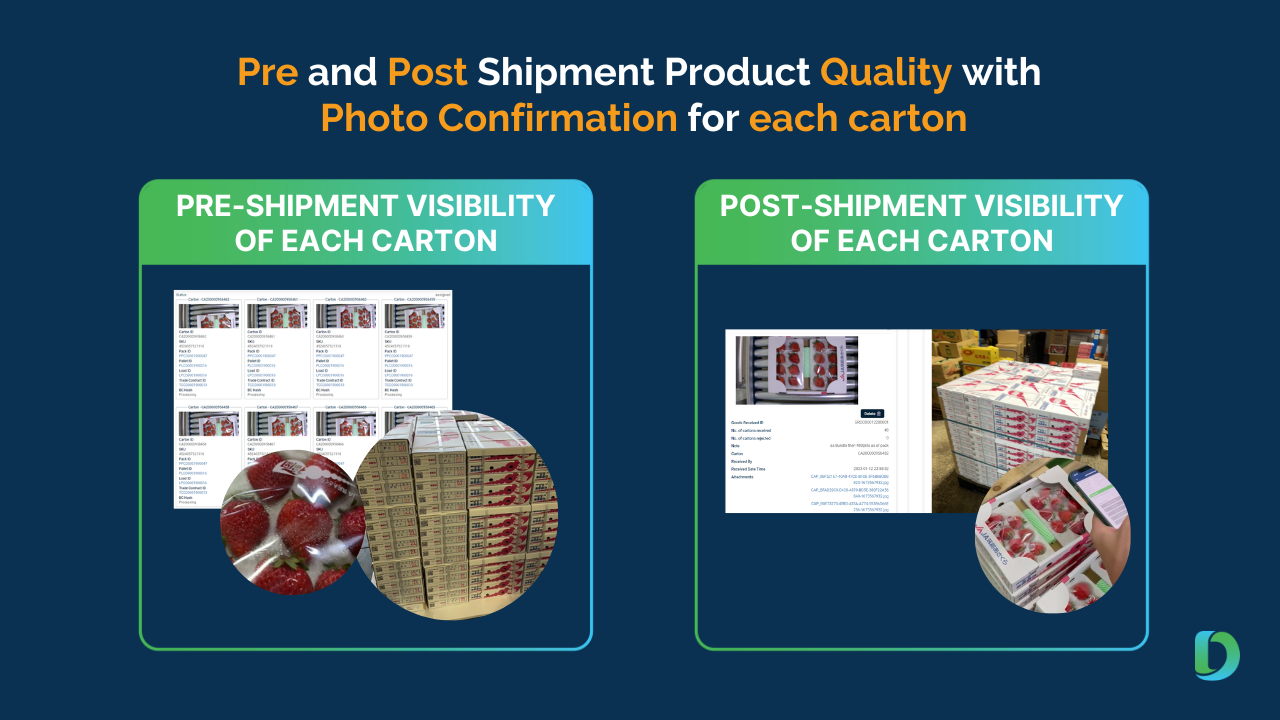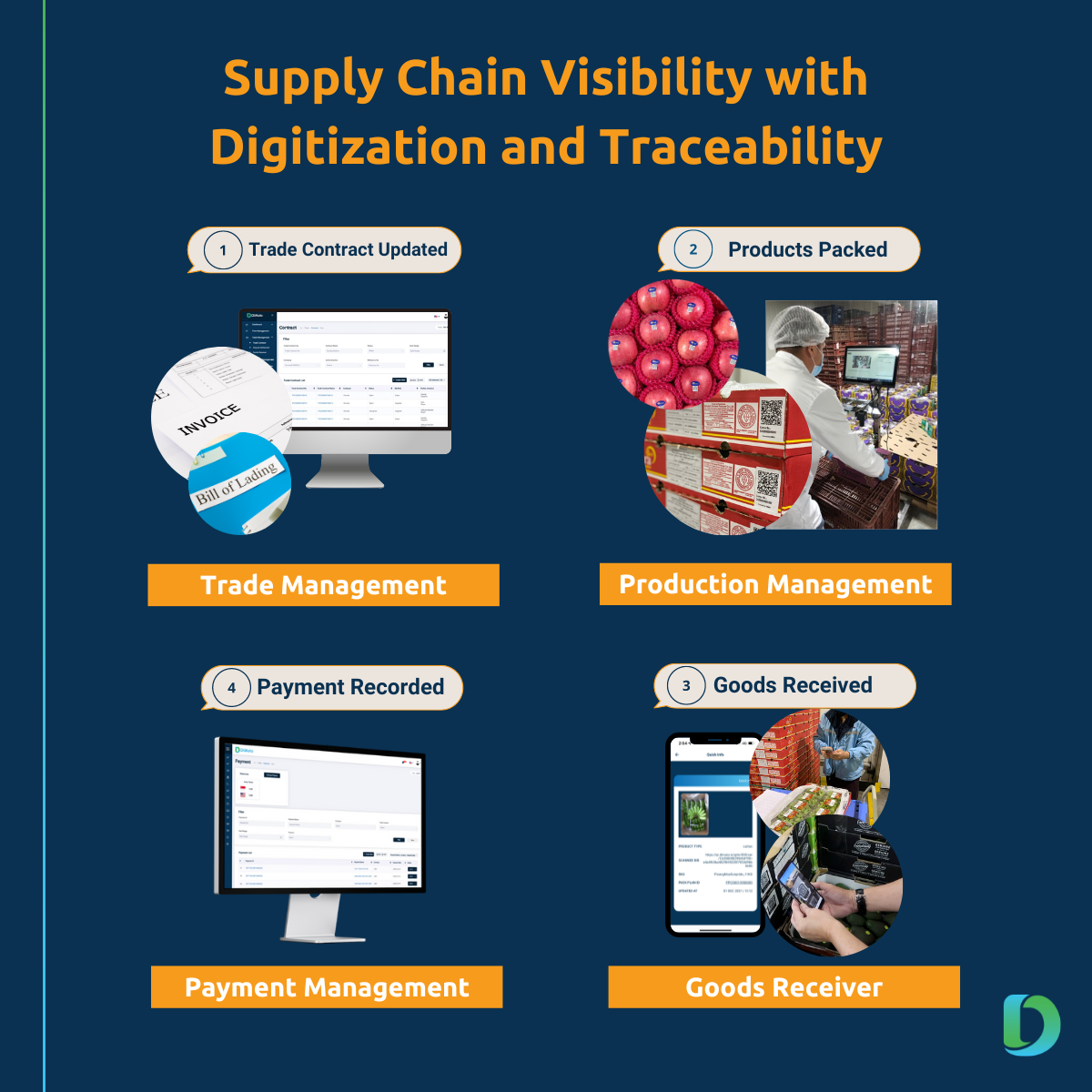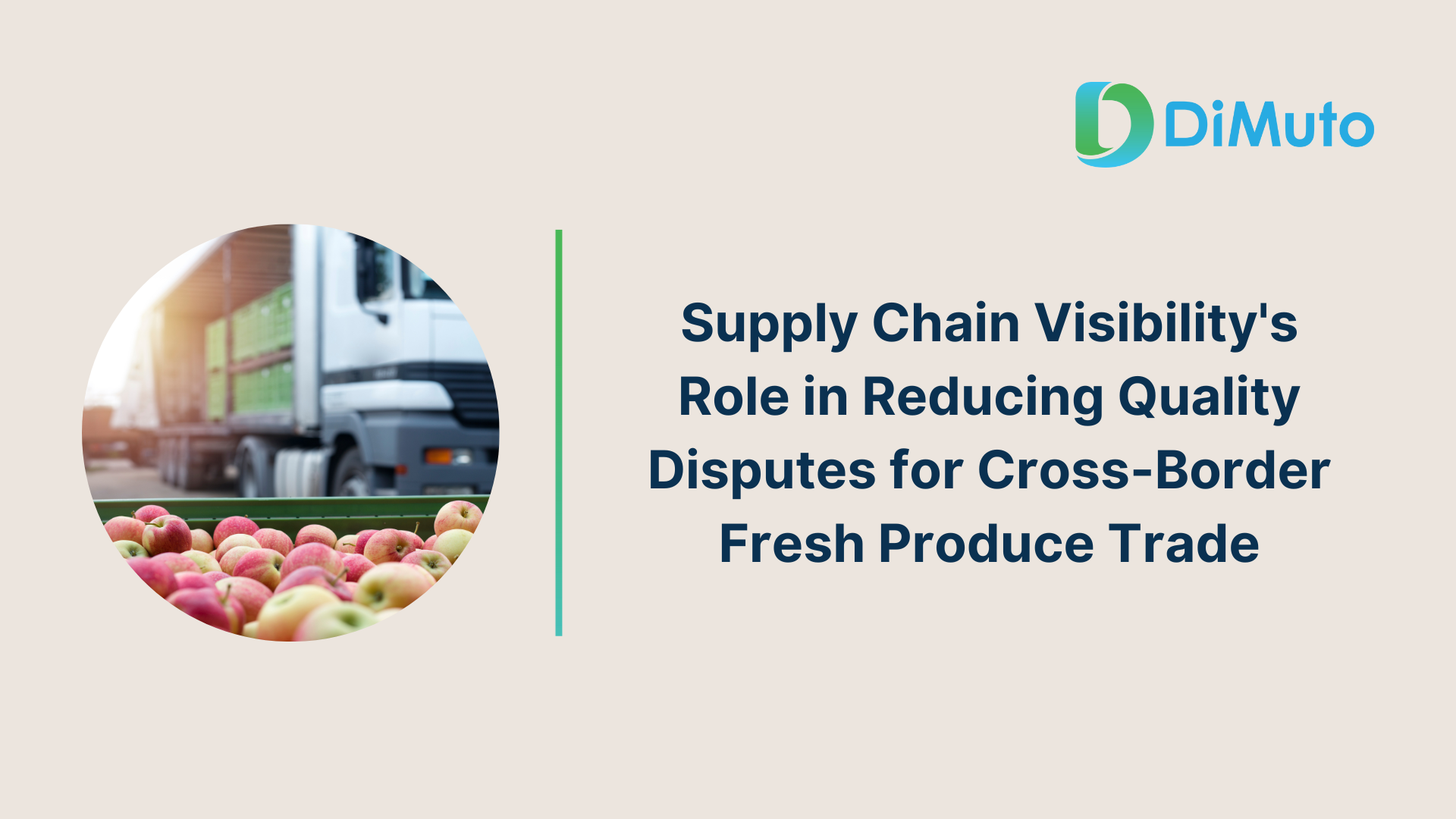The trade of fresh produce across borders is crucial for meeting global food demand and providing consumers with a diverse range of fruits and vegetables year-round. However, quality claims often lead to disputes between trading partners. Technological advancements and collaborative practices can facilitate supply chain visibility and reduce these disputes. By ensuring transparency and accountability throughout the supply chain, stakeholders can proactively address issues, foster trust, and ultimately enhance the efficiency and harmony of cross-border fresh produce trade.
Challenges in Cross-Border Fresh Produce Trade
Fresh produce trade across borders involves many intermediaries, complex logistics, and varying regulations. These complexities create opportunities for quality-related disputes to arise. Challenges include discrepancies in product quality upon arrival, differing interpretations of quality standards, and difficulties in tracing the origin of quality issues. Such disputes disrupt trade flows and strain relationships between trading partners, eroding confidence in the supply chain.
The Role of Supply Chain Visibility
Supply chain visibility refers to the real-time tracking and monitoring of goods as they move through the supply chain. This involves collecting and sharing data at every stage, from cultivation and harvesting to transportation and distribution. When applied to cross-border fresh produce trade, supply chain visibility can offer several key benefits:
Implementing technologies like blockchain can create an immutable record of each step in the supply chain. This traceability enhances accountability by making it easier to identify the source of quality discrepancies, thereby reducing disputes about responsibility.
Supply chain visibility promotes adherence to international quality standards by providing a consistent framework for quality assessment. Trading partners can access standardized data to evaluate product quality, reducing subjective interpretations.
Visual Documentation: Enhancing Accountability and Transparency
Before products are shipped, visual pictures of the produce’s quality can serve as a baseline reference for both the exporter and the importer. These images capture the state of the produce at the time of packaging, providing evidence of its quality, size, color, and condition. In the event of a quality dispute, pre-shipment images act as an objective record against which the post-shipment condition can be compared.
Upon the arrival of the fresh produce at its destination, visual images of the actual condition can be compared to the pre-shipment images. Any discrepancies, such as signs of deterioration, bruising, or other quality issues, become immediately apparent. This visual evidence makes it easier to assess whether any deterioration occurred during transit or due to mishandling.
Being able to track the pre-shipment and post-shipment quality efficiently and reliably is also key, which can be achieved through product traceability and digitization with QR codes and image-capturing devices at critical supply chain points.
In case of a quality dispute, having visual proof readily available streamlines the resolution process. Rather than relying solely on written descriptions, stakeholders can refer to the images to evaluate the extent of the issue.

Access to comprehensive supply chain data empowers stakeholders to make informed decisions. Producers, distributors, and retailers can collaborate based on accurate insights, aligning expectations and reducing the likelihood of misunderstandings.
Enhanced visibility fosters open communication between trading partners. By sharing real-time data, concerns can be addressed promptly, and solutions can be developed collaboratively. Learn more about DiMuto’s solutions – we help AgriFood companies with Digital Transformation, unifying products, documents and payments all in one single platform for supply chain visibility. See our Product Sheet here and read a case study of how we helped solve quality disputes here.

Supply chain visibility holds the key to reducing trade disputes over quality claims in cross-border fresh produce trade. By providing transparency, traceability, and data-driven decision-making capabilities, stakeholders can enhance the efficiency of the supply chain and foster stronger partnerships. As the world continues to rely on cross-border trade to meet food demands, embracing supply chain visibility can contribute to a more harmonious and reliable global fresh produce trade ecosystem.
A Need For Digital Transformation of Agrifood Supply Chain
In the face of a growing global population and the intricacies of the agrifood supply chain, digital transformation has become a necessity rather than a luxury. The shift from traditional methods to digitalization and automation is vital to enhance efficiency, transparency, and sustainability. By digitizing operations and breaking down data silos, real-time communication and collaboration among stakeholders can be achieved. QR code labels and digital twins, exemplified by DiMuto, facilitate supply chain visibility and data capture from production to distribution. Incorporating technologies like IoT, sensors, and blockchain enables informed decision-making, waste reduction, and increased efficiency. AI and data analytics further contribute by predicting yields, optimizing routes, and tailoring production. Sustainability is a driving force behind this transformation, allowing resource conservation and waste reduction, ultimately leading to a more sustainable food system with environmental and social benefits.
Find out more in this article


